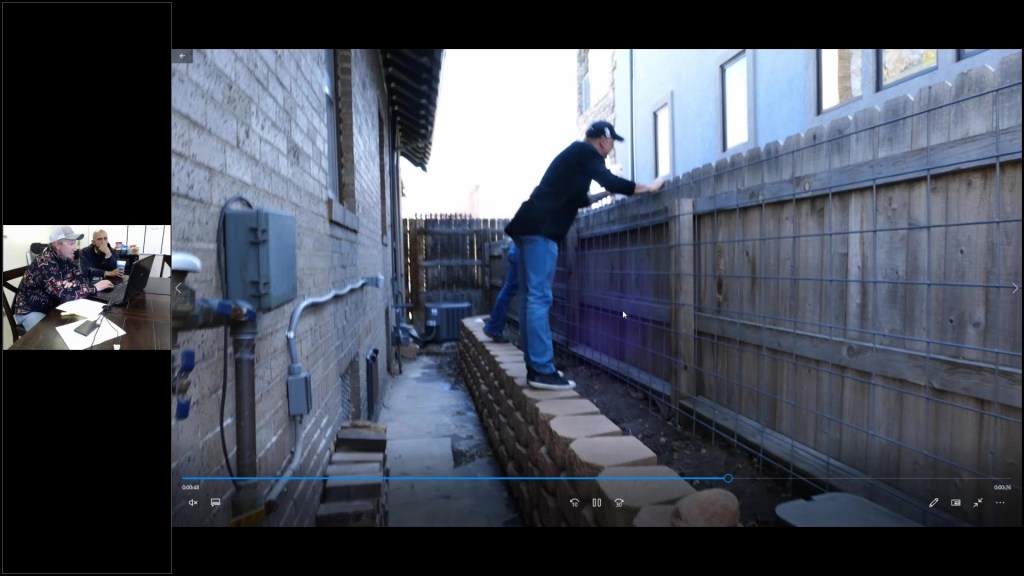Assessing The Feasibility of a Crawlspace Conversion
- Desertsage Seals
- Jul 21, 2024
- 3 min read
Have you ever wondered what it would take to dig out a basement beneath your home? It would be great to have the extra living space, but it’s difficult to get a straight answer when you’re looking at renovations. Once we assess the situation we can get a clearer understanding of just how much work will go into this and how much it will cost.

It is a regular day on the job when I meet with a home owner to do a walk through in response to a bid request. It’s a big, beautiful home in a historic neighborhood in East Denver that the new owner had just purchased and is now looking at the possibility of doing renovations to. I follow the homeowner around the building, listen to his concerns and take note of a few things.
Accessibility
Between the house and the fence to either side is about 4 ft wide. The back yard is enclosed by a garage, and although the garage does open from both ends to allow access from the alley into the back yard, the garage floor itself is not designed to withstand the traffic of heavy equipment.

Because of the tight squeeze in the enclosed area, it is determined the dirt would have to be removed with a wheelbarrow, one wheelbarrow at a time. This raises the cost of the work exponentially because of the extended amount of time and labor required, as opposed to loading the dirt up relatively quickly with a skidsteer.
Foundation
Some of the houses we assess, such as the one we’re looking at today, were built in the early 1900s with old and crumbling brick foundations. Extra steps are required to encase the old foundation and prevent it from crumbling further as we dig beneath the structure.

Concrete foundations are a newer technology and do not crumble or erode in the same way that a brick foundation does. In this case extra steps are not required to encase the existing foundation, and we would be able to proceed with excavation once we’re inside.
Pressure Cracks
Pressure cracks can indicate a much larger issue with the structure itself. Structural engineering may be required to determine what extra steps will safeguard and strengthen the existing structure while construction is taking place.

These tiny cracks can appear on exterior walls, interior walls, outside of the house, inside of the house, through the ceiling and all around. Look especially around load bearing walls or beams for signs of cracking, crumbling or erosion. These kinds of existing structural issues can also raise the cost of your project indefinitely.
Depth of Digout
In the area we’re looking at today there is an existing basement. Per the homeowner’s request, we would only be lowering the floor a couple of feet. Without doing any math at all, you can just imagine how much the cost would drop by how much less dirt is being removed.

This can be calculated in terms of sheer volume of the dirt being excavated, hours in labor, costs of any extra equipment being used such as a conveyor belt, dump trailer, etc. What it boils down to at this point is the more dirt being removed, the more it will cost. The harder and more time consuming it is for that dirt to be removed, the more it will cost.
Overall Costs
A crawlspace conversion is arguably the most expensive renovation you could undertake. If your goal is to save money or find a more affordable option to moving, this is probably not your best bet.
At the low end, assuming all conditions are favorable, access is wide open, the structure is sound and there is little area or little dirt that needs to be removed, the cost of your conversion could run as low as $180/sq ft. If you receive a bid proposal that is unusually low for the scope of work, however, it should raise some question to the experience of the company that has delivered the proposal.
On the flip side of that, assuming conditions are not favorable, the cost of the conversion can go all the way up to $350/sq ft or higher.
See the full corresponding video below.




Comments